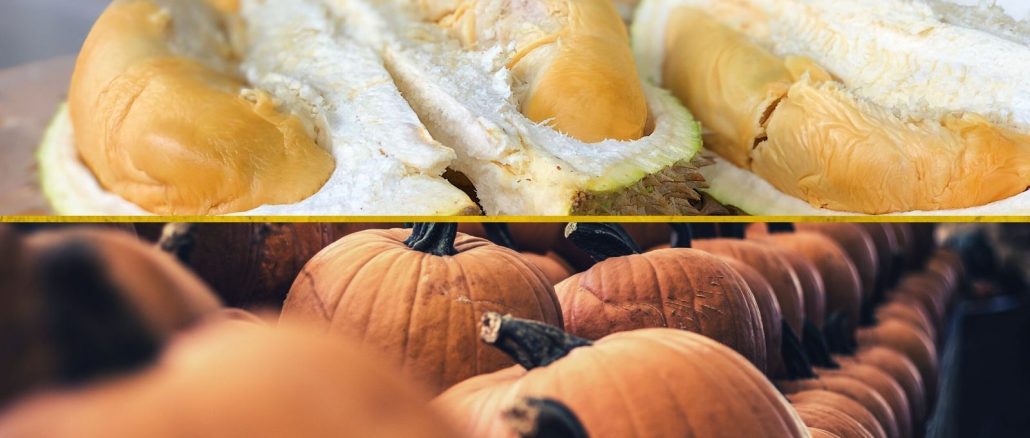
I took part in my first Canadian Thanksgiving over 15 years ago. Ryan, my university boyfriend then, my husband now, invited me to his parents’ house.
Stepping over the threshold, I landed in a fantasy world I had only ever spied on by way of TV family sitcoms. We had cocktails from the bar station. Ryan’s dad said grace before dinner, his head bent and hands in front of him, “In Jesus’ name, Amen.” I fixed my gaze on one spot on the hardwood floor and was silent. Laid out in front of me was a buffet of carved up turkey, homemade stuffing, mashed potatoes, gravy, glazed carrots and tomato aspic. I almost reached my hand out to test if there was a pane of glass separating me from this perfectly set scene, the edges of my peripheral vision shimmering as if I was in a dream state.
At my family parties growing up, I raced my cousins to the food line to fill our plates with rice vermicelli and fragrant herbs, pickled lotus root salad, barbeque crispy-skin pork, accompanied by garlicky fish sauce and chilies. The incense ash collected on my late dad’s altar next to the table, the drone of Buddhist chanting from the stereo always in the background.
Ryan’s mom placed a slice of pumpkin pie in front of me after we cleared the dinner dishes. The crust was the colour of beach sand and it bore the scars of wrinkles and ridges as an imprint from the aluminum pie pan. The filling was a deeper shade of beach sand, perhaps wet sand, with flecks of black suspended within. The pie glistened with smooth beads of moisture skimming the surface.
I picked up the dessert fork and took a bite. It tasted sweet, hints of exotic spices hitting my tongue. The texture was creamy and thick, filling up my mouth, but not in a completely pleasant way, like I was swishing around paper pulp. The more I chewed, the more it seemed to expand in my mouth, hitting the back of my throat.
“Good, right?” Ryan’s grandma asked me as she pushed another forkful into her own mouth.
I nodded. It was the polite thing to do. “I’ve never had it before.”
“You’ve never had pumpkin pie?” Grandma asked, disbelief behind her eyes. It was something she could not imagine, that something so normal was something I had never experienced.
A gust of embarrassment blew through me from the top of my head to my toes, suffocating like a humid breeze in July, which was quickly replaced by the icy embrace of annoyance, which finally settled into tepid resignation. Sigh. I didn’t know how to point out that my mother never bought it at the local Superstore in Winnipeg’s west end, that my mother, growing up in Vietnam, did not learn how to make it from her mother who did not learn how to make it from her mother. I did not feel like explaining myself, not here, not as I always had to do.
“No, never,” I said to Grandma and I ate another bite, followed quickly by some black Red Rose tea to wash away the taste.
I looked around the table. It had been beautifully set. A perfectly ironed white tablecloth glittered under the lights, bouquets of freshly cut flowers in autumnal colours ran down the middle of the table, dinner fork, dessert fork, white china plates rimmed in silver, and crystal glasses placed flawlessly.
Growing up, at family parties, I ate off Styrofoam plates balanced on my lap as I sat cross-legged on the floor. No one owned fine china. We wrote our names on plastic cups with a black marker that left stains on the inside of our palms. We always ran out of plastic chopsticks and plastic forks.
Ryan sat beside me. I blinked and he seemed to shift for a moment, a stranger far in the distance, unapproachable. Or perhaps I was the inaccessible one. Gazing at him and his family around the table, they almost glowed with contentment, so tightly connected in their shared traditions. I knew I was the only one here who just had pumpkin pie for the first time, who was experiencing anything for the first time. Everyone else was secure in their rituals repeated over the years, through the generations. I felt a chasm deep within near my naval and I knew that all the rich Thanksgiving food would not be enough to fill it, to fill my otherness.
Pumpkin pie is not something I enjoy. I will eat it at family gatherings. I can’t bring myself to like it. I am outside this love of pumpkin pie. I am an outsider of this communal Canadian experience. As food is tied to cultural identity, I wonder what this means for me. I want to say I belong, but I don’t quite.
As someone not born in Canada, I want to love it, to love all that it represents, but I can’t.
My family and I immigrated to Canada when I was three, in the early eighties, after my parents re-built their lives in Saigon after the American War in Vietnam. My dad dreamed of much more for his two daughters than he ever had. Sadly, after a few years in Canada, he passed away sixteen days before he could realize his dream of becoming a Canadian citizen, when I was seven years old. My mom became a single mother raising two children in a country not her own. Educated as a teacher in the land of my ancestors, she operated a sewing machine for years and years to provide for us. Growing up in Winnipeg’s West End, the neighbourhood was diverse and vibrant, yet I was aware of cop cars cruising the streets, and always on alert as I waited at a bus stop where a girl had been jumped and assaulted.
My closest friends in elementary school and junior high school were of Filipino and Portuguese descent. Almost all my friends had parents who had come to the city from another country within the last couple generations. My first real crush was in junior high. He was an Indigenous boy with shoulder-length hair, warm eyes, and witty words.
When I was nine years old, my family took me back to Vietnam. It was the first time being there since we emigrated. My mother had tears in her eyes as we walked off the plane – she was home. I, on the other hand, was visiting a foreign country. Everything was different from what I knew. I couldn’t read the signage around me. The buildings were four or five storeys tall and jammed up against one another like building blocks. A sea of Hondas and bikes, never-ending waves of traffic merging and weaving together, flooded the streets.
And the strangest part – there were Vietnamese people everywhere. Everyone looked the same. Everyone had black hair and yellow-hued skin. I may have had similar features from those around me, but that didn’t mean I belonged. I was a constant curiosity. People stared at me wherever I went, one person whispered “Viet kieu.” They all nodded. Ahhh…overseas Vietnamese. As eyes followed me as I walked through the marketplace, I felt an ache deep inside, an emptiness of otherness, and I clenched my fists at my sides.
My big sister Jen and I were staying at my paternal grandfather’s house, my Ong Noi’s house, in Trang Bang, a town near Saigon. We were lounging in the front room after breakfast watching street traffic. Co Chin, my aunt, squatted on the floor and took a machete to a large fruit I had never seen before.
It was sau rieng – durian. It was the size of a human head. It was not symmetrically oblong but misshapen and dried out, in shades of brown and green, covered in hard spikes like rows of shark teeth. After she split it open, inside the thick skin were distinct chambers. It was like looking at the cross-section of a heart. The flesh was pale yellow, creamy and delicate. Each segment wrapped around a stone pit; the segments coiled around each other tightly like organs fitted inside the body. The aroma was pungent and overpowering, like cut onions or worn socks. I leaned further back in my chair, trying to escape the aroma.
Jen was the first one to cup her hands out after Co Chin offered up a piece. I watched her savour each bite, drawing the segment to her mouth, and pulling the stone pit away when she was done. Yellow threads like sinew dangled from her lips. She had waited years to taste durian again.
Co Chin held up a piece to my mouth. I instinctively turned away, the smell so off-putting.
“Don’t know how to eat,” I said in my broken Vietnamese. “Never eaten.”
She looked surprised, like she could never imagine such a reality. “Eat it.”
I shook my head.
“Eat it.” She said more firmly. She must have been thinking, how was it possible I had never eaten it or didn’t want to have it?
I don’t remember if I felt embarrassed or annoyed at nine years old. I think I wanted so desperately to convey what I was thinking but I lacked the Vietnamese words to do so. How would I know durian? How could this be expected of me? It was not sold at the local Superstore in Winnipeg.
To this day, I have never eaten durian. I imagine the taste to be creamy and custard-like, smooth yet holding together well, luscious and rich, like a sinful indulgence. And yet, I can’t bring myself to try it.
I envy my sister’s enjoyment, the sensation, the craving for this product from the country where I was born, my ancestral land. I am outside this love of durian. I am an outsider from this common Vietnamese experience. As food is tied to cultural identity, I wonder what this means for me. I want to say I belong, but I don’t quite.
As someone who claims Vietnamese heritage, I want to love it, to love all that it represents, but I can’t.
As I grew up, I shifted more deeply into the space of majority Canadian culture, my Vietnamese heritage still an anchor. I attended high school outside my neighbourhood, in a neighbourhood where the average income was higher, the houses were larger and impeccably decorated, two cars in the garage, and I sat beside classmates who had family cottages to visit during the summers. Most of my classmates were light-skinned, blond or brunette, and had ancestors who had lived in Canada for generations.
I don’t believe I lacked anything growing up. We just never had money for anything more than the basics. In grade ten, I was excited for the American History class trip to Boston.
“Will Mom let me go? It’s educational,” I asked my older sister.
“With what money?” she pointed out.
I never asked my mom.
In university and at my workplace, I became aware I was usually one of the only Asian people in the group. I was usually the only girl from Vietnam. My co-workers unwrapped rye and ham sandwiches and uncovered pasta salads as we sat together in the company lunchroom. I microwaved my container of white rice, pan-fried pork, and steamed veggies, then dosed everything in Maggi sauce.
Now when I peer into my fridge on the hunt for a late-night snack, I move around containers of feta cheese and parmesan petals, olives, pickles, oyster sauce and red vinegar to reach for red salsa and green salsa to eat with corn tortilla chips.
Now in the fruit compartment of the fridge, I usually have apples and oranges. Sometimes I have plums or cherries or mangoes, whatever is on sale that week. But I usually have apples and oranges. When the bag of apples butts up against the bag of oranges, it seems like they are touching, seamless, almost overlapping. If I look closer, with a strong magnifying glass or a microscope, I would see there is a space between the two different fruit. It would be the space between where one distinctively ends and the other distinctively begins.
That’s where I exist. It’s a small space, maybe razor-thin where one culture rubs against the other, but if I look closely, the space is real, it is there. I am defined by what I am and I am defined by what I am not. Comparing myself to each of the cultures like trying to compare apples to oranges.
Food is tied to the cultural memory of the land of my ancestors. Cultural memory is what I consume along with the actual dishes and delicacies of Vietnam. Cultural memory is also what I have lost crossing the ocean to my new home.
Food is tied to the cultural identity of my home now. Cultural identity is the nourishment I seek along with the actual products and crops of Canada. Cultural identity is also what eludes me as I attempt to immerse myself in traditions and rituals.
There is still an ache deep within me, an otherness born by existing in the space in between. This ache is not fulfilled by any amount of food, no matter its origins.
AUTHOR
Linda Trinh explores the intersection of identity, cultural background, and spirituality through her writing. She has been published in Prairie Fire magazine and the Same magazine. She was a mentee in Diaspora Dialogues’ Mentorship Program and has studied creative writing at the University of British Columbia, Humber, and Athabasca.
Twitter: @LindaYTrinh
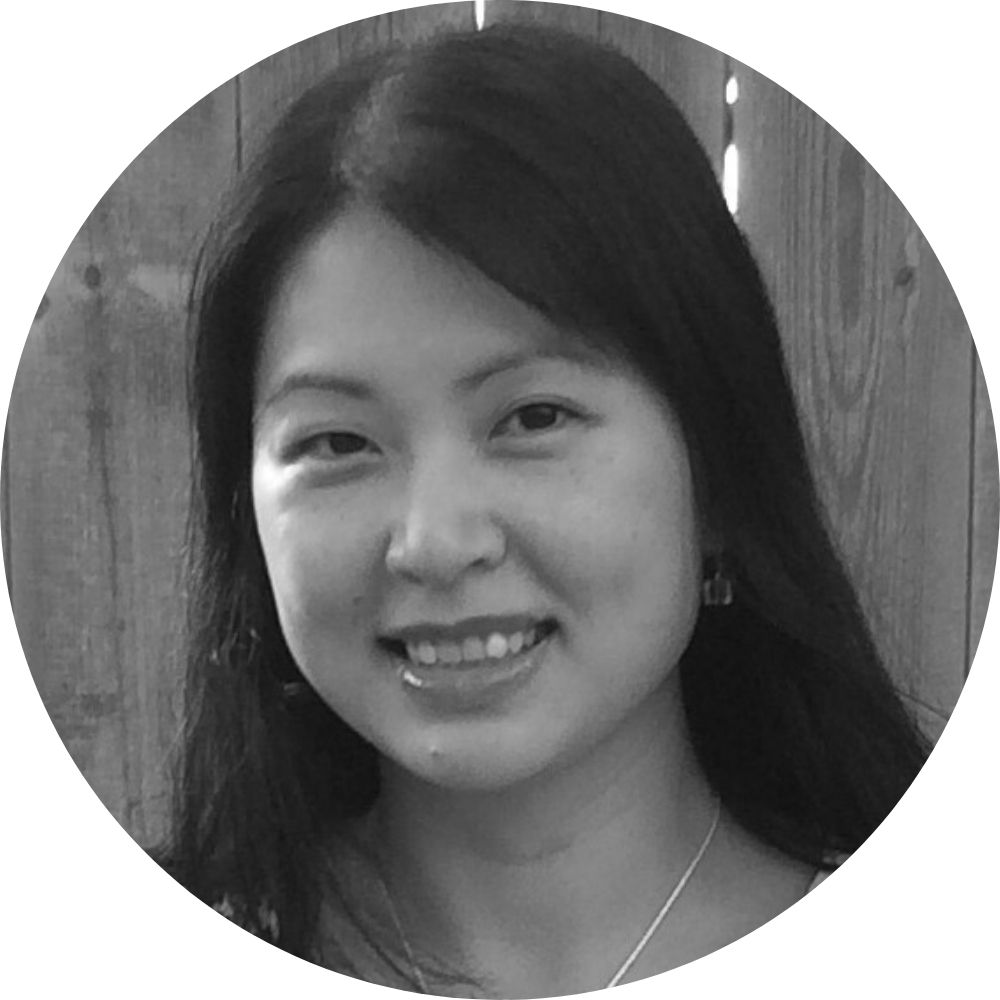
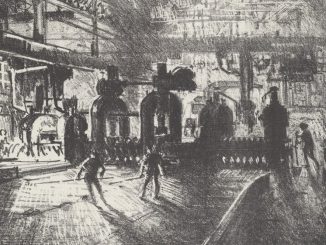
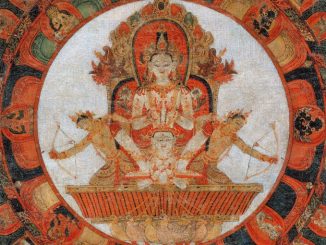
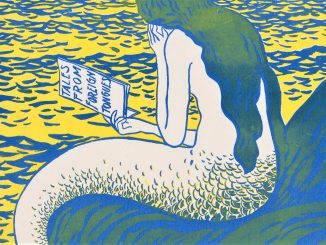
1 Trackback / Pingback
Comments are closed.